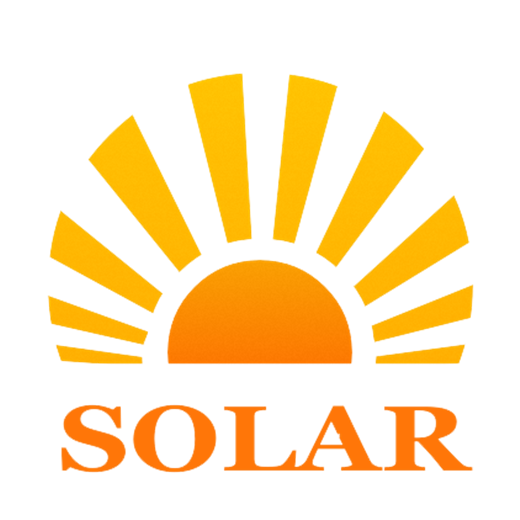With the growing global demand for sustainable development and green energy, the construction industry is undergoing a profound transformation. Building Integrated Photovoltaics (BIPV), as an innovative green building solution, is gradually becoming an important force to promote energy transformation and realize low-carbon life. This paper aims to discuss the principle, advantages, challenges and application prospects of BIPV technology in the field of construction. BIPV (Building Integrated Photovoltaics) is a technology that directly integrates solar photovoltaic power generation systems into the design and construction of buildings. This technology uses the solar photovoltaic effect to directly convert the sun’s light energy into electricity to power the building. Different from the traditional model of building and photovoltaic system separation, BIPV uses photovoltaic power generation components as part of the building material to achieve the perfect combination of building and power generation.

BIPV technology refers to the close integration of photovoltaic modules with the building structure, so that it becomes an integral part of the building, which not only meets the aesthetic requirements of the building, but also realizes energy self-sufficiency. Unlike traditional photovoltaic panels mounted on roofs or walls, BIPV modules can be replaced or integrated into building Windows, roof tiles, exterior wall materials, etc., thus efficiently utilizing solar power without taking up additional space.
Advantages of BIPV technology
1. Energy efficiency and economy: BIPV can directly generate electricity on the building, reducing the dependence on traditional energy sources, and in the long run, can significantly reduce the operating costs of the building. As photovoltaic technology advances and costs fall, the payback period for BIPV systems is also shrinking.
2. Aesthetics and functionality: BIPV components are diverse in design and can be perfectly integrated with buildings of different styles and uses, which not only meets the aesthetic needs of buildings, but also enhances the functionality of buildings, such as heat insulation, sound insulation, shading, etc.
3. Environmentally friendly: BIPV technology helps to reduce the carbon footprint of the construction industry and promote the development of green buildings. By directly integrating renewable energy in the building, BIPV contributes to the building goal of zero carbon emissions.
4. Policy support: Globally, many countries and regions have introduced a series of policies and incentives to encourage the use of BIPV technology, providing a good policy environment for the construction industry.
Challenges of BIPV technology
Despite the promise of BIPV technology, it still faces some challenges in practical applications:
1. Cost problem: At present, the initial investment cost of BIPV modules is high, especially in the design, manufacturing and installation, and the cost advantage is not obvious compared with traditional photovoltaic systems.
2. Technology maturity: BIPV technology is still in the development stage, and the performance, reliability and cost-effectiveness of some key technologies and materials need to be further optimized and validated.
3. Design and construction difficulty: The integration of BIPV system requires the close cooperation of architectural designers, structural engineers and photovoltaic technical experts, which puts forward higher requirements for design and construction.

Application prospect of BIPV technology
In the face of challenges, BIPV technology is gradually overcoming obstacles and showing broad application prospects:
1. Intelligent building: Combined with the Internet of Things, big data and artificial intelligence technology, BIPV system can achieve intelligent management, optimize energy use, and improve the intelligent level of buildings.
2. Urban renewal and green building: In urban renewal projects, BIPV technology can be used as an effective means to transform existing buildings and improve energy efficiency, and the adoption of BIPV technology in new construction projects can help achieve green building standards.
3. Multi-field integration: The integration of BIPV technology with electric vehicle charging, energy storage system, smart grid and other technologies will provide possibilities for the construction of a green and intelligent energy ecosystem.
According to the latest information, BIPV, as a new green energy technology, has broad application prospects and great development potential. Not only does it provide clean, renewable energy, it also improves the energy efficiency performance of buildings, reduces energy consumption, lowers electricity bills, and makes buildings more environmentally friendly and sustainable. In the future, BIPV will become an important development direction for the construction industry and the PV technology market. BIPV technology, as the intersection of the construction and energy sectors, is leading the green transformation of the construction industry. Despite the challenges, with technological progress and policy support, the application prospect of BIPV technology is becoming increasingly clear, and it is expected to become an important force to promote the global energy transition and achieve sustainable development. Building photovoltaic integration is not only a technological innovation, but also an advocacy of a green lifestyle to create a better and more sustainable future for mankind.

